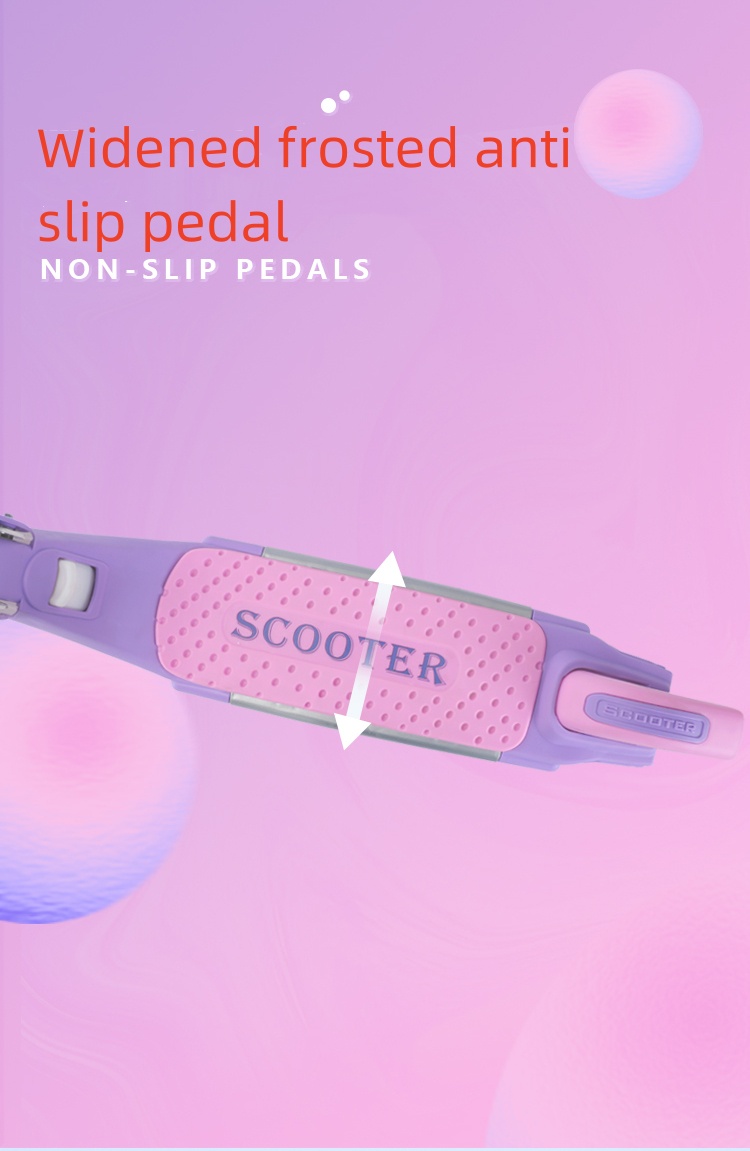Oct . 04, 2024 14:05 Back to list
adjusting rear brake drums
Adjusting Rear Brake Drums A Comprehensive Guide
The braking system is one of the most crucial components of any vehicle, ensuring safety and control while driving. Among the various types of brakes, drum brakes are still widely used, particularly in the rear of many vehicles. This article will delve into the importance of adjusting rear brake drums, the procedure to do so, and some maintenance tips to keep your braking system in optimal condition.
Understanding Drum Brakes
Drum brakes consist of a cylindrical drum that rotates with the wheel. Inside the drum, brake shoes are pressed against the drum's inner surface to create friction and slow down the vehicle. Over time, the brake shoes can wear down, leading to decreased efficiency. Adjusting the brake drums helps maintain optimal contact between the shoes and the drum, ensuring effective braking performance.
Signs You Need to Adjust Your Brake Drums
1. Ineffective Braking If you notice that your car takes longer to stop or if the brakes feel spongy, it’s time to check and adjust the brake drums. 2. Uneven Wear Inspect the brake shoes regularly. If the shoes appear worn unevenly, an adjustment may be necessary to ensure even contact. 3. Noises Grinding or squeaking noises while braking can indicate that the shoes are out of alignment or that the drums need adjustment.
Steps to Adjust Rear Brake Drums
1. Gather Necessary Tools You'll need a jack, jack stands, a lug wrench, a brake spoon, and possibly a flashlight for visibility.
2. Lift the Vehicle Use the jack to lift the rear of the vehicle and secure it with jack stands. Make sure the vehicle is on a flat surface to prevent any accidents.
3. Remove the Wheel Use the lug wrench to remove the wheel, exposing the drum.
adjusting rear brake drums

4. Inspect the Brake Drum and Shoes Before making any adjustments, visually inspect the brake components for wear and damage.
5. Locate the Adjuster Most drum brakes have an adjuster mechanism located between the two brake shoes. This is typically accessed through a small hole in the backing plate.
6. Adjust the Brake Shoes Using a brake spoon or flat-head screwdriver, turn the adjuster to move the shoes closer to the drum. Do this gradually and check for a snug fit; the drum should rotate freely but with slight resistance felt when the shoes touch the drum.
7. Reassemble the Wheel Once adjusted, reassemble the wheel and lower the vehicle back to the ground.
8. Test Drive After completing the adjustments, take the vehicle for a short test drive to ensure the brakes are functioning correctly.
Maintenance Tips
To ensure longevity and performance of your rear brake drums, consider the following maintenance tips
- Regular Inspections Check your brakes periodically for wear and proper adjustment. - Change Brake Fluid Old or contaminated brake fluid can affect brake performance. - Clean Brake Components Dust and debris can accumulate in brake systems, leading to performance issues. - Professional Service If you're unsure about adjusting the brakes yourself, consult a professional mechanic.
In conclusion, adjusting rear brake drums is an essential maintenance task that can enhance braking performance and safety. By understanding the signs that indicate a need for adjustment and following the proper steps, vehicle owners can ensure their braking system remains in top condition. Regular maintenance leads to safer driving experiences and prolongs the life of your vehicle’s braking components.
-
HINO Industrial Solutions - ¡Ң���ຽ��е��������˾ | Advanced Technology&Reliability
NewsJul.13,2025
-
HINO Industrial Efficiency-Jiangsu Hino Industrial|Productivity Optimization&Cost Reduction
NewsJul.12,2025
-
HINO-¡Ң���ຽ��е��������˾|Advanced Industrial Solutions&Energy Efficiency
NewsJul.12,2025
-
Premium Brake Drum Iveco – Durable Drum Brake Drum & Brake Shoe Solutions
NewsJul.08,2025
-
High-Performance Brake Drum Liza for Enhanced Safety Reliable Drum Brake Drum & Brake Shoe Solutions
NewsJul.08,2025
-
High-Quality Brake Drum MAZ – Durable Drum Brake Drum & Brake Drum and Brake Shoe for Optimal Performance
NewsJul.07,2025
